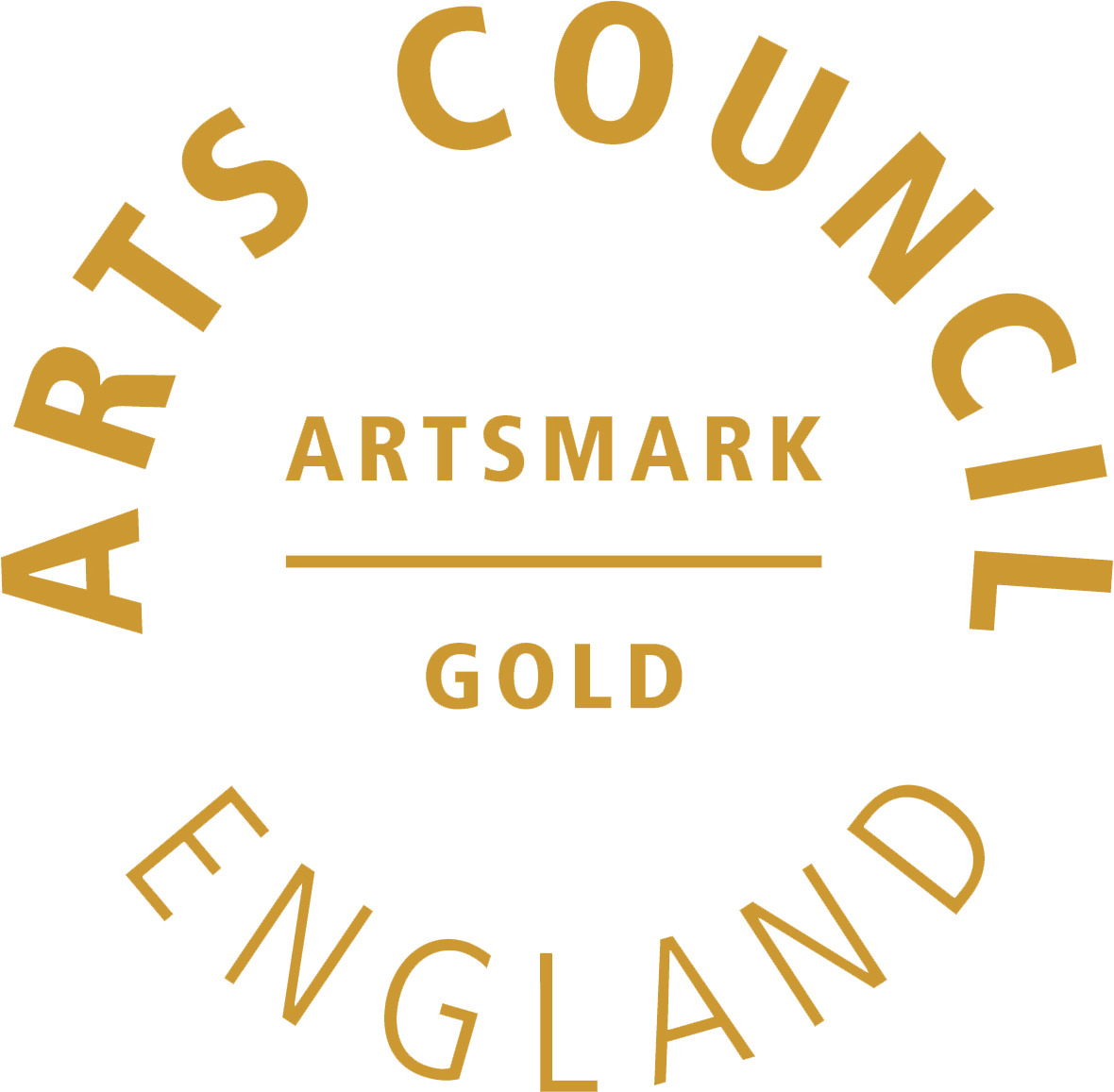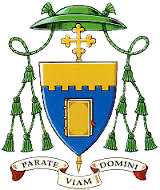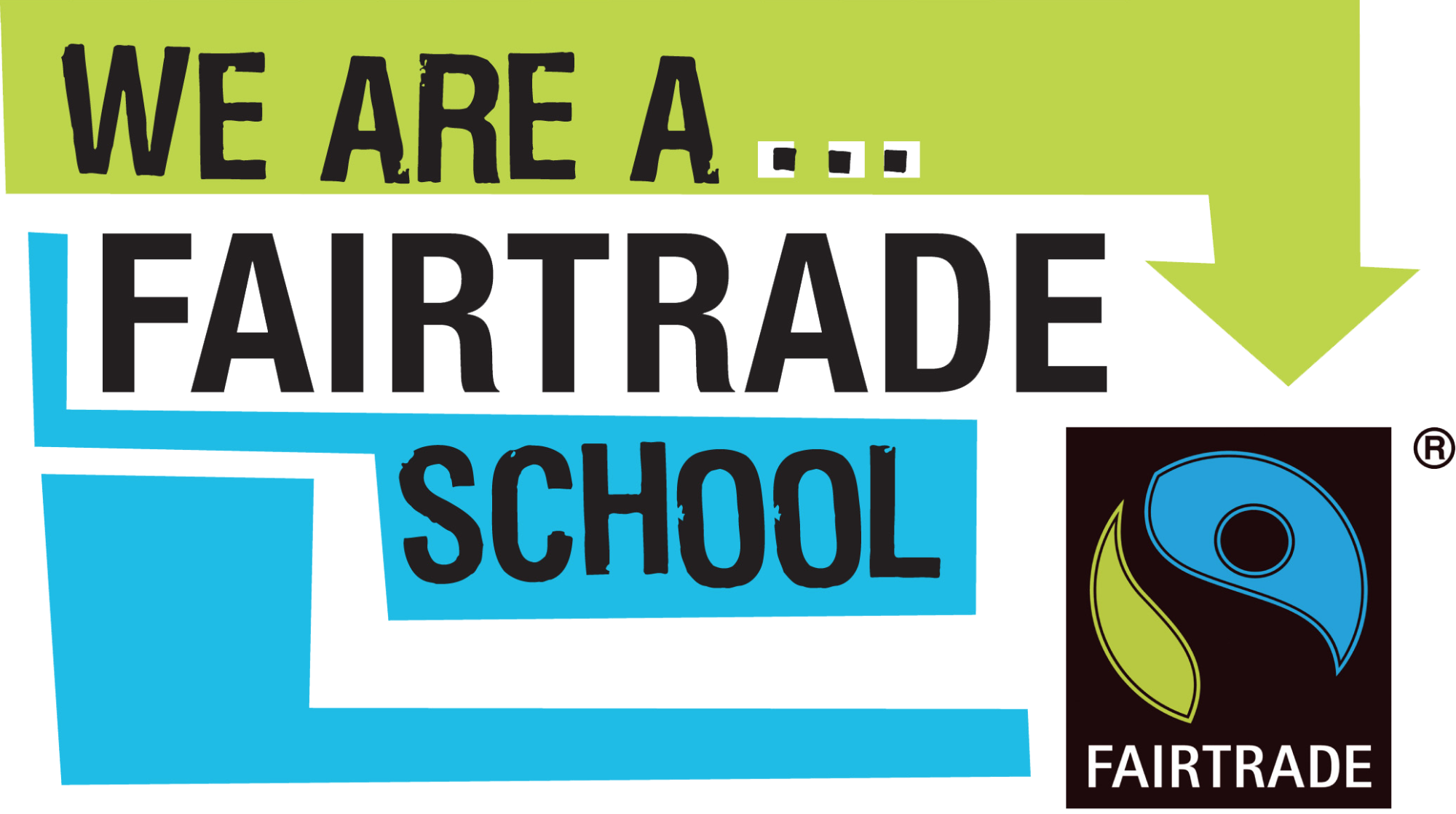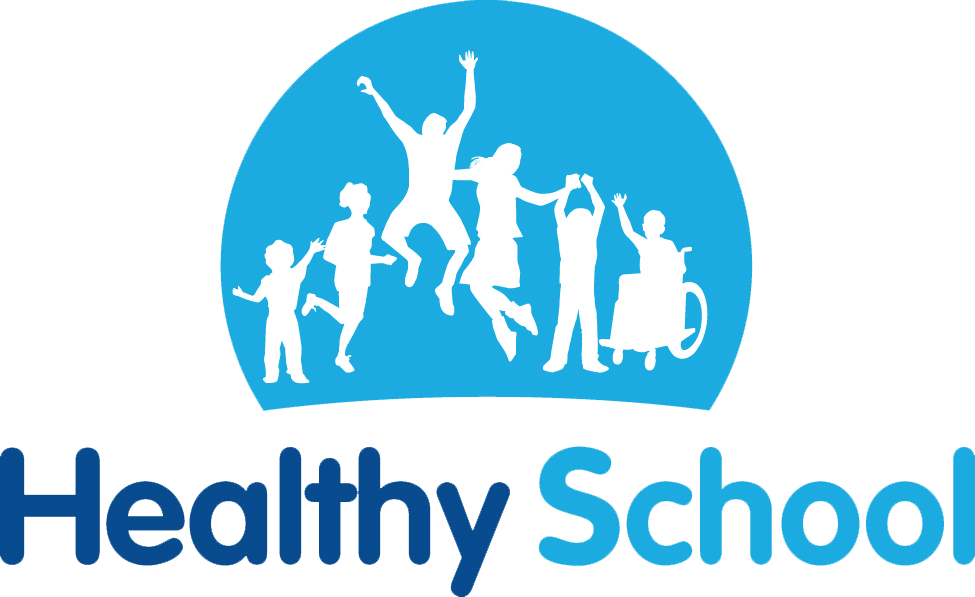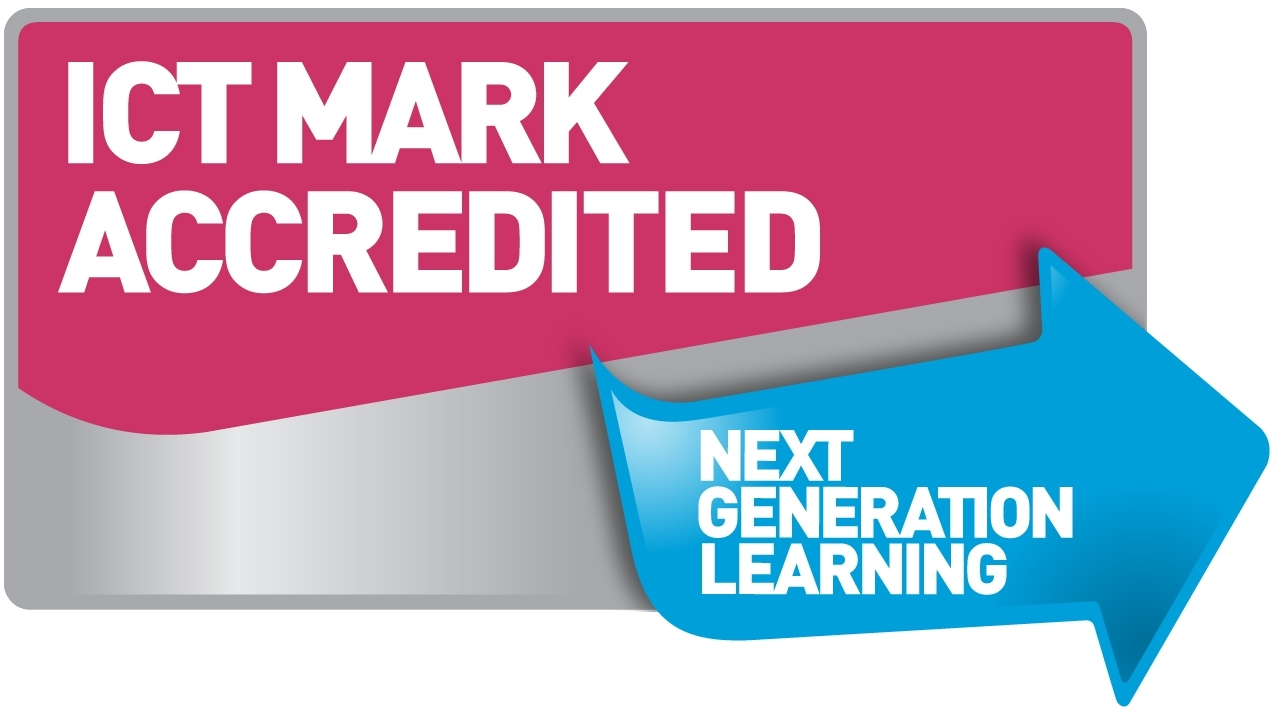Design Technology
Our Mission
All that we do at St Joseph’s is shaped by our commitment to our Faith. The choices we make and the expectations we nurture in our children emanate from a guiding desire to live our lives according to gospel values. Our Mission Statement is reflected in our DT curriculum. We: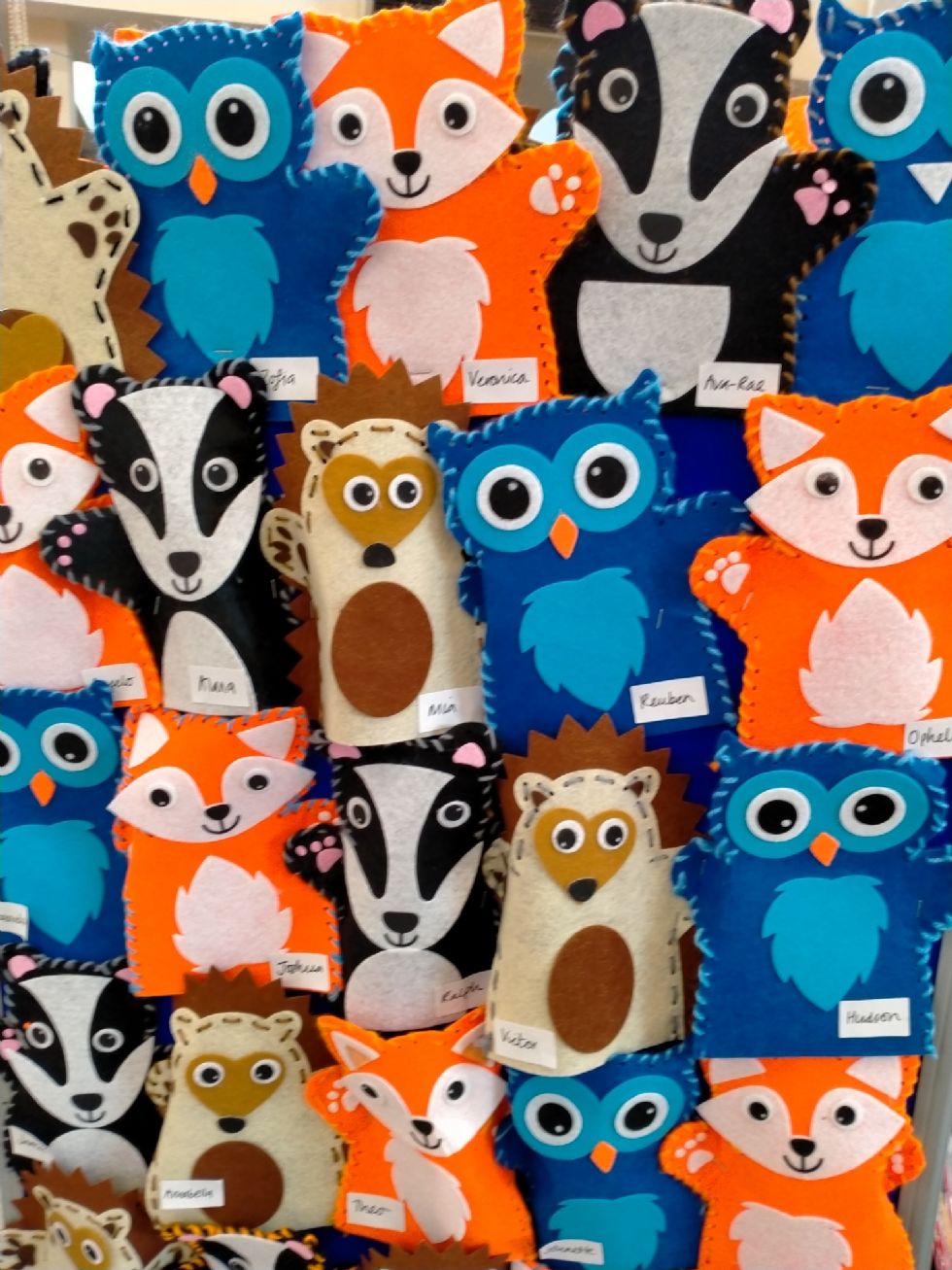
- listen to others, knowing we all have something to give.
- respect everyone’s views as equally important as our own.
- know there may be different solutions to our design and make work.
- recognise the amazing achievements of our friends and the gifts that God gave us.
- respect the environment that God created and be inspired by natural and man-made structures.
These pictures are from our Arts Exhibition which took place in March 2022.
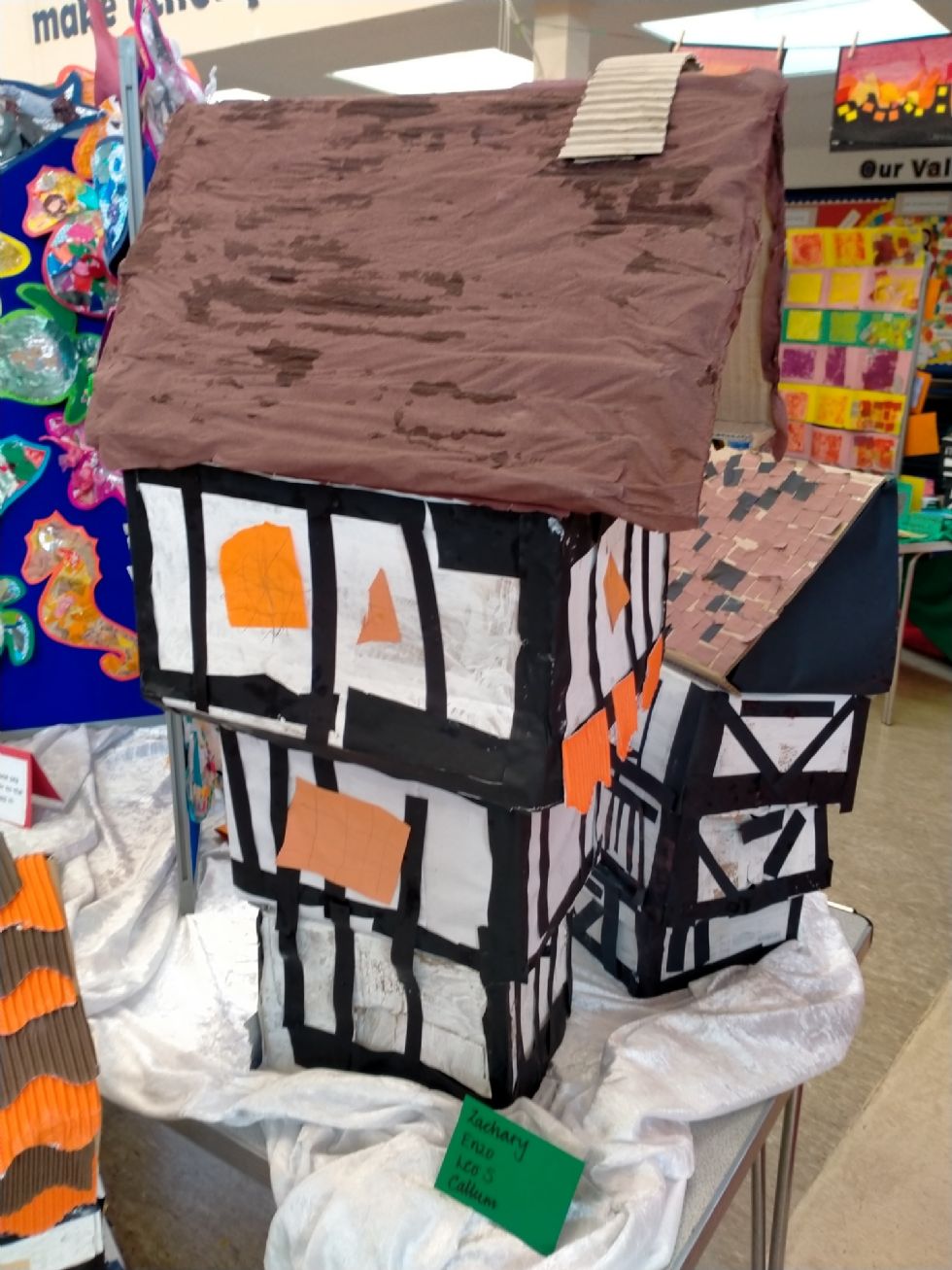
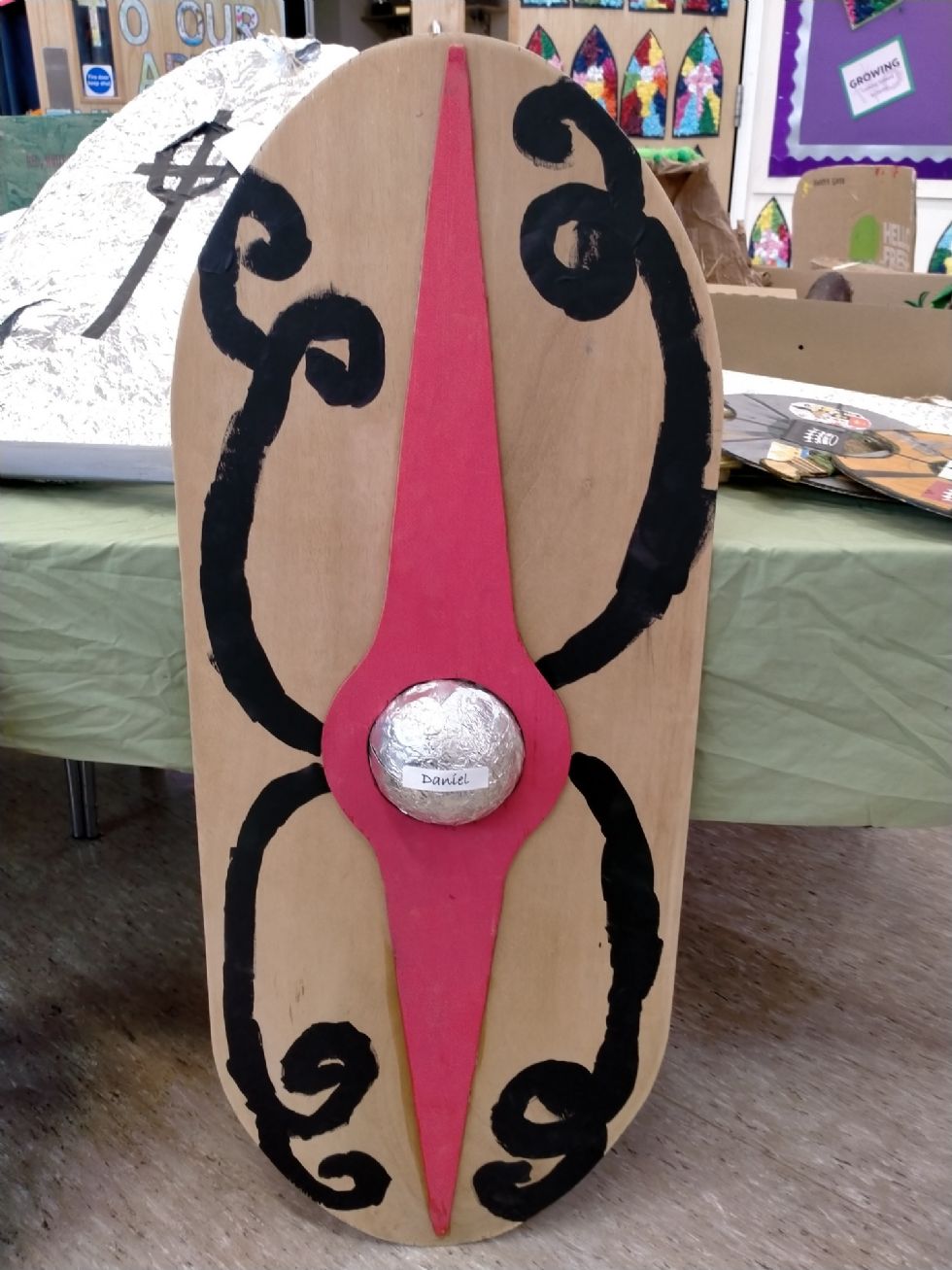
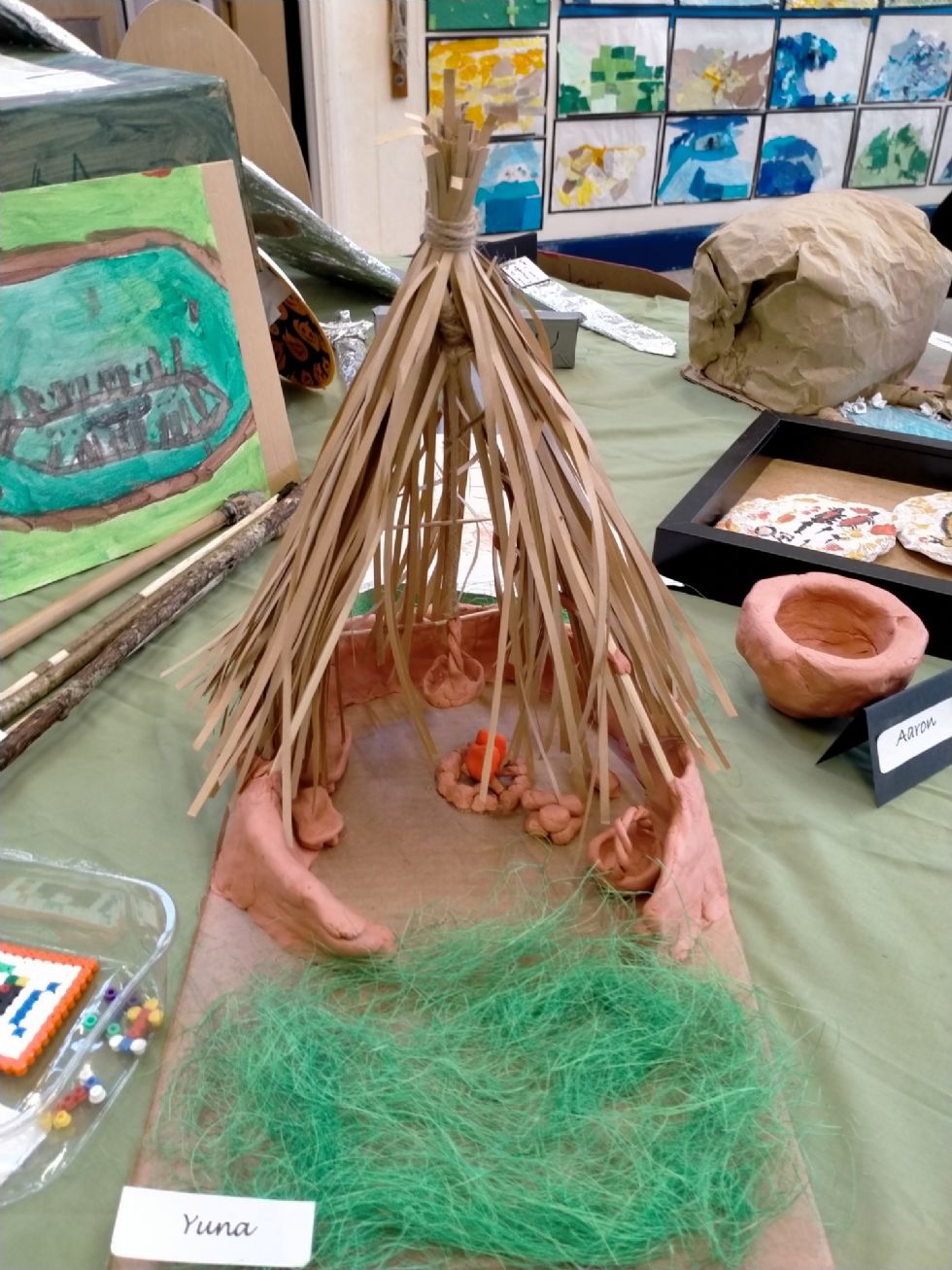
Our Vision for Design Technology
We want our children to start to speak and think like future architects, builders, technicians and engineers. They will acquire the knowledge and cultural capital they need to succeed in life.
Children learn to creatively and imaginatively design and make good quality products that are fit for purpose.
From early beginnings, children acquire knowledge, understanding and skills, and draw on disciplines such as mathematics, science, engineering, computing and art.
In Reception, an example of how early learning is built upon would be how children use construction and junk modelling to make structures like buildings, vehicles and moving pictures. They join and strengthen materials in various ways which all supports their future learning in year 1 when they will build strong bridges using techniques such as folding, concertina and triangles. In year 2 the children use triangles to strengthen corners on a fire engine chassis.
In Ks1 and Ks2, children learn how significant events and individuals in DT have shaped the world, e.g. the invention of key-chains, purse and handbags; e.g. Joseph Bramah who created the first hydraulic press in 1795 which paved the way for the creation of electricity.
A progression of skills ensures children retain and build on their prior knowledge. For example, children learn: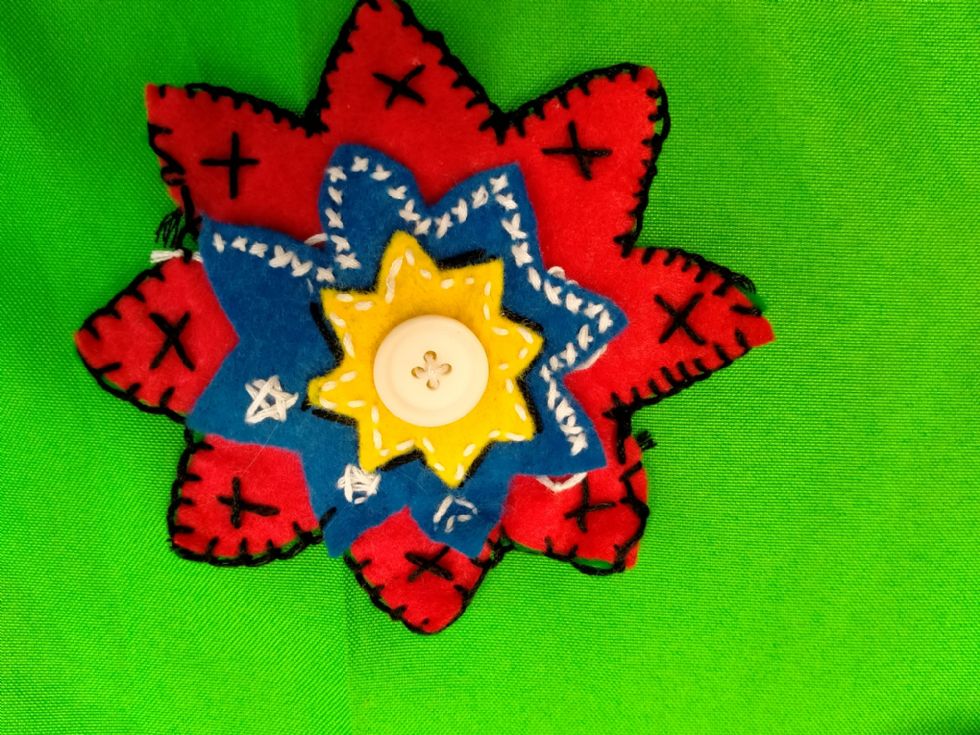
- tool techniques such as nailing, drilling and then sawing when building structures;
- cutting, grating, peeling, whisking and blending when cooking; and
- progressing from sewing a running stitch to overstitch, backstitch, slip stitch and then blanket stitch.
Specifically in DT, there is very regular practice of sewing and tools skills and cutting for food preparation.
Key concepts, themes and skills are revisited and these help children to make links in their learning:
|
Structures |
Mechanisms |
Textiles |
Cooking and Nutrition |
|
Electrical Systems |
Tools |
Health and safety |
|
|
The iterative process of designing and making; |
How key events and individuals in DT have helped shape the world. |
||
Over time, children will hone their DT learning skills for designing, making and evaluating.
The Framework for Learning in DT is:
|
|
Autumn |
Spring |
Summer |
|
1 |
Structures: Strong bridges. Skills Practice: Cut soft fruit. Running stitch.
|
Sewing: Tortoise – running stitch. Skills Practice: cut soft fruit.
|
Mechanisms: Moving Picture Nutrition/ Cook: Fruit salad. Skills Practice Sewing: running stitch. |
|
2 |
Structures: Fire Engine. Mechanisms: Christmas card. Skills Practice: Cut soft fruit. Running stitch / overstitch. |
Sewing: Puppet - overstitch. Skills Practice: cut round fruit with bridge grip. |
Nutrition/ Cook: Salad. Skills Practice Sewing: running stitch and overstitch.
|
|
3 |
Nutrition/ Cooking: Soup. Sewing: Christmas decoration -overstitch. |
Mechanisms: Playground. Skills Practice: Cut hard round and soft fruit. Backstitch. |
Structures: Frames. Nutrition/Cook: Honey Cake. Skills Practice: Peel, cut into disks, strips and cubes. Backstitch. |
|
4 |
Nutrition/ Cook: Falafel Burgers. Skills Practice: Backstitch. |
Mechanisms: Moving monsters using pneumatics. Skills Practice Backstitch. Onion dice and slice.
|
Nutrition/ Cook: Pasta Bake. Sewing: Ancient Greek inspired Purse- backstitch. Structures & Mechanisms: Chariot. |
|
5 |
Nutrition/ Cook: Chile Stir Fry. Skills Practice: Backstitch
|
Structures: Keep sake box Nutrition/ Cook: Fruit crumble. Sewing: Gadget Holder - backstitch. Mechanisms: Cams and linkages observation Electronics Computing: Ferris Wheel control box. |
Skills Practice Sewing: Backstitch Nutrition/Cook: Potato salad with chives. Cutting herbs Enterprise Week
|
|
6 |
Nutrition/ Cook: Tudor pie. Mechanisms: Castle Drawbridge Skills Practice: blanket stitch. |
Structures: Construction kit: Self-assembly kits: Billy Bookcase Skills Practice: Blanket stitch. |
Sewing: Recycled Bag. Nutrition/Cook: Bake off. Electronic Computing: Electronic Control Box. |
How teachers embed knowledge and skills?
Teachers plan regular DT lessons through each term. Often the lesson is new learning, but regularly it is retrieval practice of previous learning.
Learning is mostly taught through the iterative process of designing and making. However, cooking, sewing and tool skills are also taught as standalone lessons.
At various points in their learning, children have the option to create models at home in relation to their![]() learning. The quality of work they return with is impressive, as seen when the children created their own mechanised cards and with the year 3 Celtic artefacts project.
learning. The quality of work they return with is impressive, as seen when the children created their own mechanised cards and with the year 3 Celtic artefacts project.
Following the Arts Exhibition 2022, one parent commented, "It was tremendous to see home learning projects also included, as it added another layer of depth of learning using different materials."
Children develop the accurate use of technical vocabulary and they are challenged to read and understand key terminology.
Children are encouraged to read for pleasure and bring in books from home to share with the class that demonstrate DT processes such as the lever and pivot and wheel mechanisms in picture books.
Forest School
Children are encouraged to design and make things fit for purpose in a real life setting. This may include building structures such as a shelter, bird boxes or animal habitats, making different tools (pencils, mallets and whisks) or even jewellery made from natural materials.
Children practise their skills learnt in sewing by weaving or even doing Viking knitting.
Forest School gives children the opportunity to learn about cooking/nutrition in a different setting, such as using an open fire. Health and safety is an integral part of the learning outlined and is fully embedded in sessions.
Achieving Mastery in DT
So, are our children beginning to think and work like architects, builders, technicians and engineers? We are pleased to say that they are.
Children have opportunity to share their work with their parents on three open days through the year, a shared time, which they relish.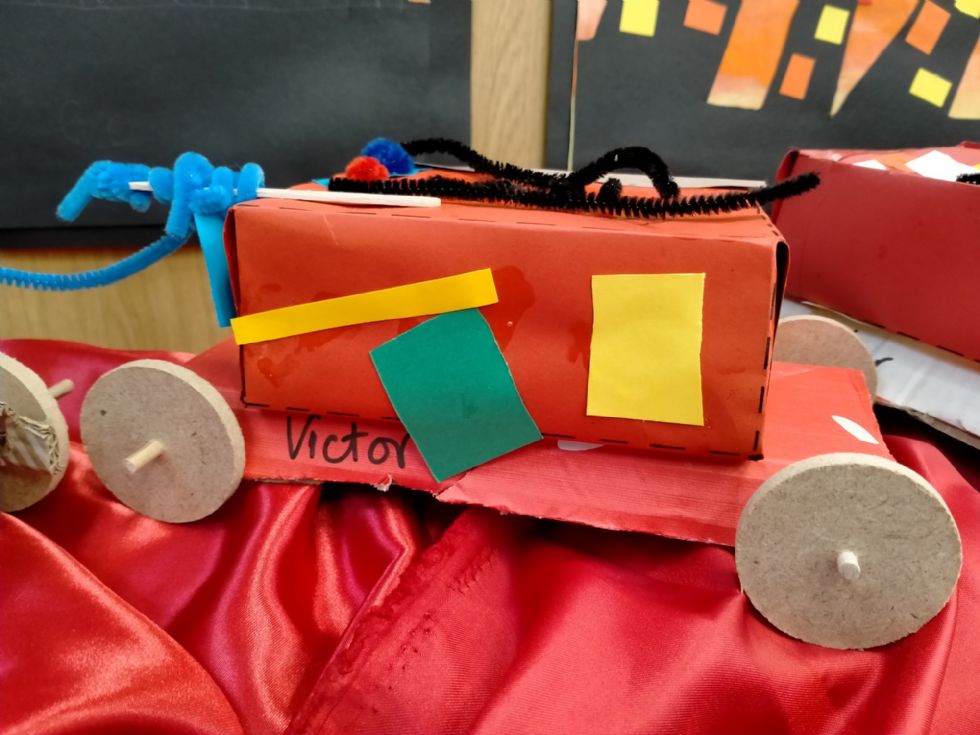
The annual arts exhibition enables children to display some of their work for their parents and the whole school to visit. The quality of the work produced is always impressive, a broad range and a delight to see.
In 2022, for the exhibition children showed their fire engines (year 2), their hand sewn stuffed turtles (year 1), their Celtic artefacts (year 3) and more. They show themselves to have developed their skills well, with increased proficiency.
Our children develop a good level of automaticity in their knowledge and skills. They take risks, become increasingly resourceful, innovative and capable.
In summary, we lead children towards mastery in subject knowledge in DT.

